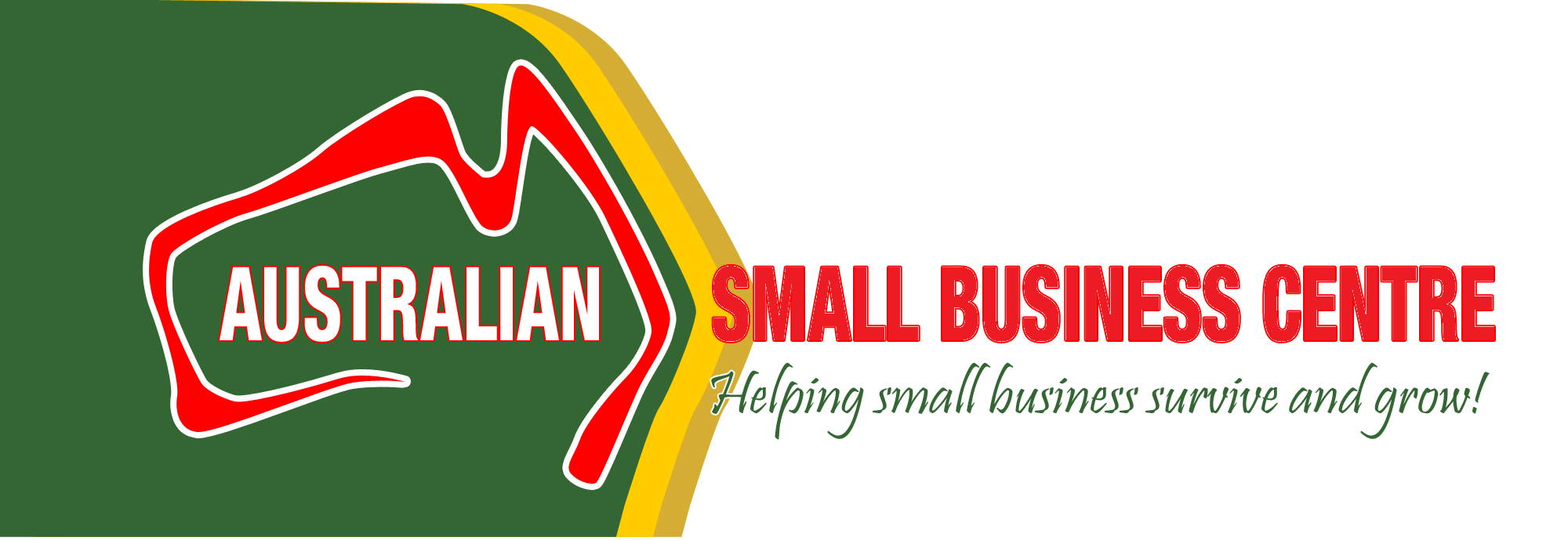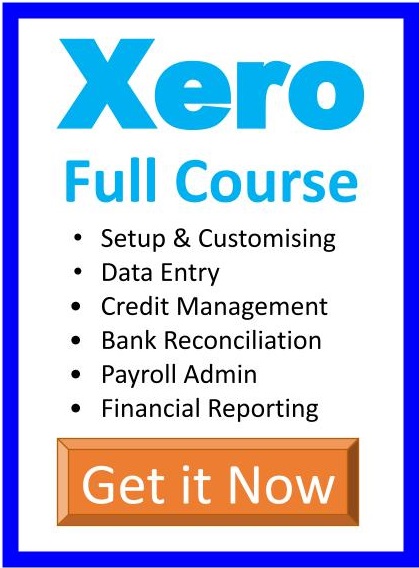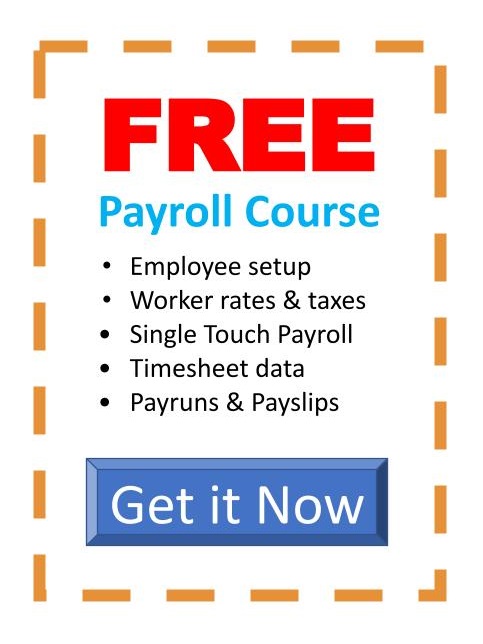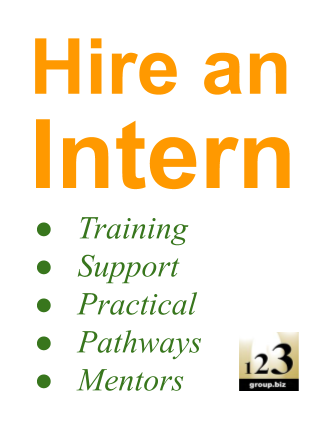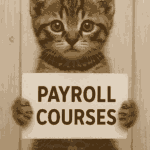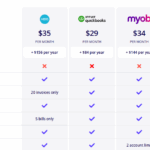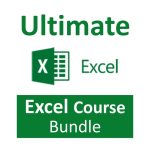 This is the last post in a series of posts about financial planning for small business, which coincide with a module on planning small business finances from our Small Business Management Course. Here, we’re going to look at the most important part of the financial plan: your business’s balance sheets, which reflects the true position of your business, because it’s a sum of all the other parts of your financial plan – it takes into account cash on hand, capital items, stock held, debtors and creditors.
This is the last post in a series of posts about financial planning for small business, which coincide with a module on planning small business finances from our Small Business Management Course. Here, we’re going to look at the most important part of the financial plan: your business’s balance sheets, which reflects the true position of your business, because it’s a sum of all the other parts of your financial plan – it takes into account cash on hand, capital items, stock held, debtors and creditors.
The Balance of Ownership
A balance sheet also helps quantify the ownership aspects of the business, which is particularly important when you’re looking at partnerships, where the split is disproportionate or where one partner has taken out extra capital during the year and the other partner wishes to equalize the share.
Figuring out Your Net Assets
Before you can assess a balance, you must first workout the value of your current assets, which you do by adding the business’s cash-in-hand and stock at cost with monies paid in advance – in other words, your current assets are everything within the business that could be quickly converted into cash, if need be.
To this amount, you also add things that are harder to turn into cash, like computers, cars, and the like. This is then your total assets figure – as in, all that is owned by the business.
From this total, you then deduct all the monies you owe, including tax due on the net profit – these monies are called ‘liabilities’. The final figure is your net assets, and this is the true value of your business.
Providing Proof
Now all you’ve got to do is prove that figure. You can do this by starting with the value at the beginning of the year, add the net profit, and then deduct the total drawings. The final figure should be equal to your net assets. (In the case of a company, you wouldn’t have drawings, but you could have directors loans.)
You should now have the complete financial picture of your business. Creating a financial plan is an exercise worth practicing before you actually set the wheels in motion to start your business – that is, before you spend any money, lease premises, buy stock, etc.
***
If you still need help, in the module of our Small Business Management course that covers financial planning, the workbooks provide a step-by-step guide to creating your own financial plan, which then forms part of your assessment. If you would like more information about the course or to enrol, visit our website or contact our team.
